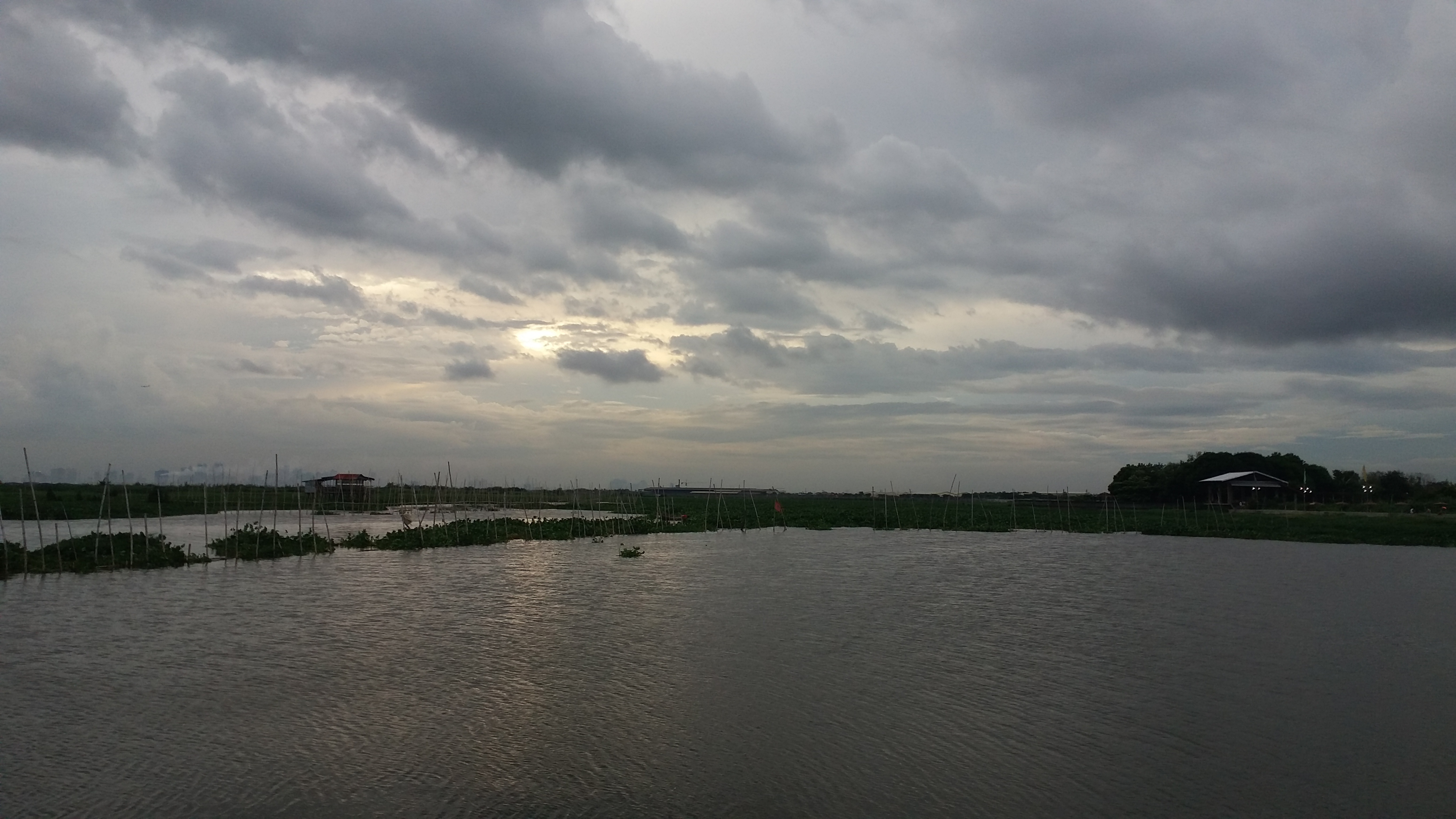Fish pen moratorium a stepping stone towards Laguna de Bay rehabilitation

Manila, Philippines – Lauding the order of the Department of Environment and Natural Resources (DENR) to dismantle fish pens in Laguna de Bay starting this year, the fisherfolk group Pambansang Lakas ng Kilusang Mamamalakaya ng Pilipinas (PAMALAKAYA-Pilipinas) said the next step for the complete rehabilitation and preservation of the 90-thousand hectare brackish lake is to open the Napindan Hydraulic Control Structure (NHCS) which is located in Taguig City.
The NHCS has a channel that prevents the flow of saltwater from Pasig River and Manila Bay to the lake to desalinate its brackish water to keep it purified for commercial and industrial purposes. However, the NHCS harms the residents of Laguna de Bay and the lake itself because naturally, saltwater is essential to the lake to keep its ecological balance that gives nutrients to the fish and other lake-species. In effect, the existence of the Napindan channel put the country’s largest lake at its dying stage.
“The Napindan promulgates flooding mitigation in the communities around the lake and in Metro Manila, but in reality, it aggravates the flooding in Laguna de Bay communities because it prevents the water from flowing out of the lake,” Fernando Hicap, PAMALAKAYA Chairperson said in a statement.
The fisherfolk group also noted the real score behind the construction of Napindan is to transform the lake from productive fishing grounds into permanent potable water for the residents of Metro Manila and to serve as a cooling machine for the thousands of factories and industries situated along the lake. PAMALAKAYA said before the construction of the Napindan channel, Laguna de Bay fishers can caught with an average of 10-15 kilos of fish per day, but after the Napindan was built, the average fish catch of a fisherman nowadays drastically drops to 2-5 kilos per day.
“Napindan opened the floodgates of conversion that led to destruction of the once productive waters of Laguna de Bay. It is crystal clear that NHCS was constructed to gradually convert Laguna de Bay into eco-tourism, industrial and business hub at the expense of small-fishermen and their families’ sustainable livelihood,” Hicap said.
PAMALAKAYA said dismantling of fish pens is not enough to bring back the natural wealth of the lake.
“Although it’s a welcome development, abolition of fish pens should be followed with strong restrictions from industries and factories that dump their chemical and industrial wastes into the lake, then completely open the Napindan channel and let the salt water mingle with the lake’s fresh water to bring back its ecological balance for the benefit of small-fishermen and urban poor families that depend on the lake,” Hicap said.
Meanwhile, PAMALAKAYA welcomes DENR’s moratorium order for all fish pen application in Laguna de Bay starting this year, but said it should be permanent and no corporate-owned fish pens should be left behind in the demolition to make the municipal fisherfolk regain their communal fishing ground. ###
